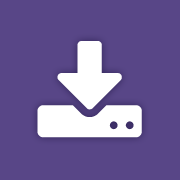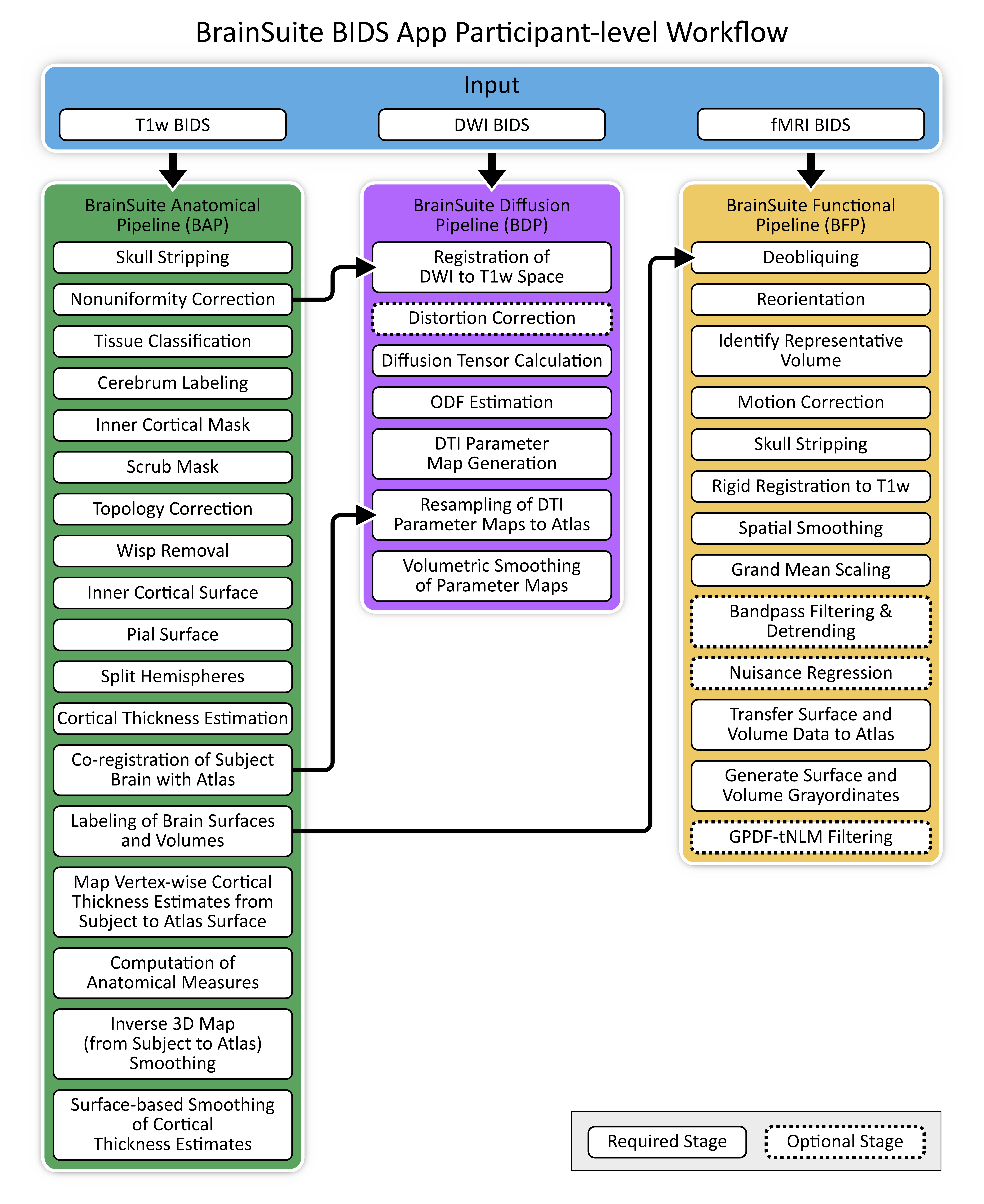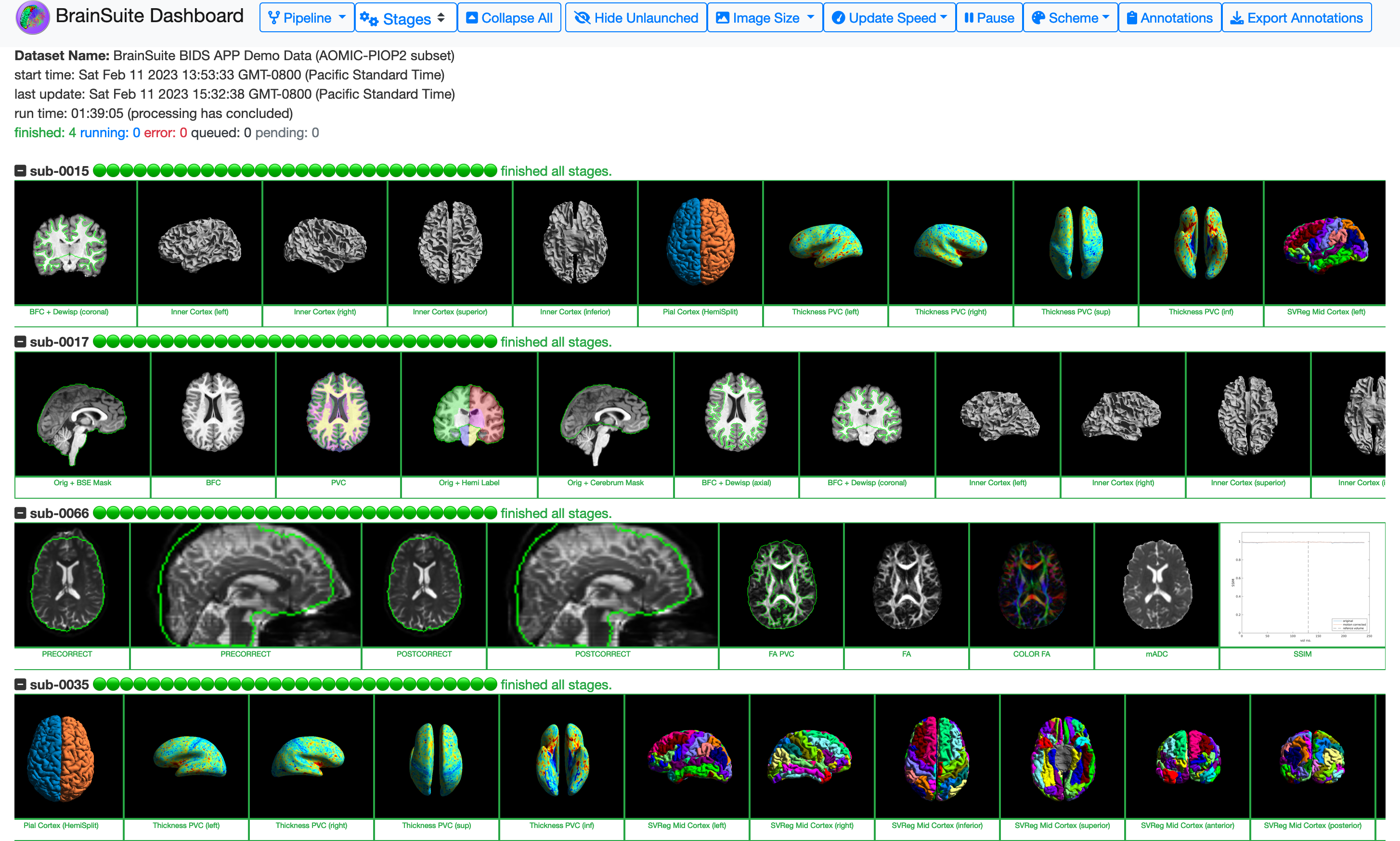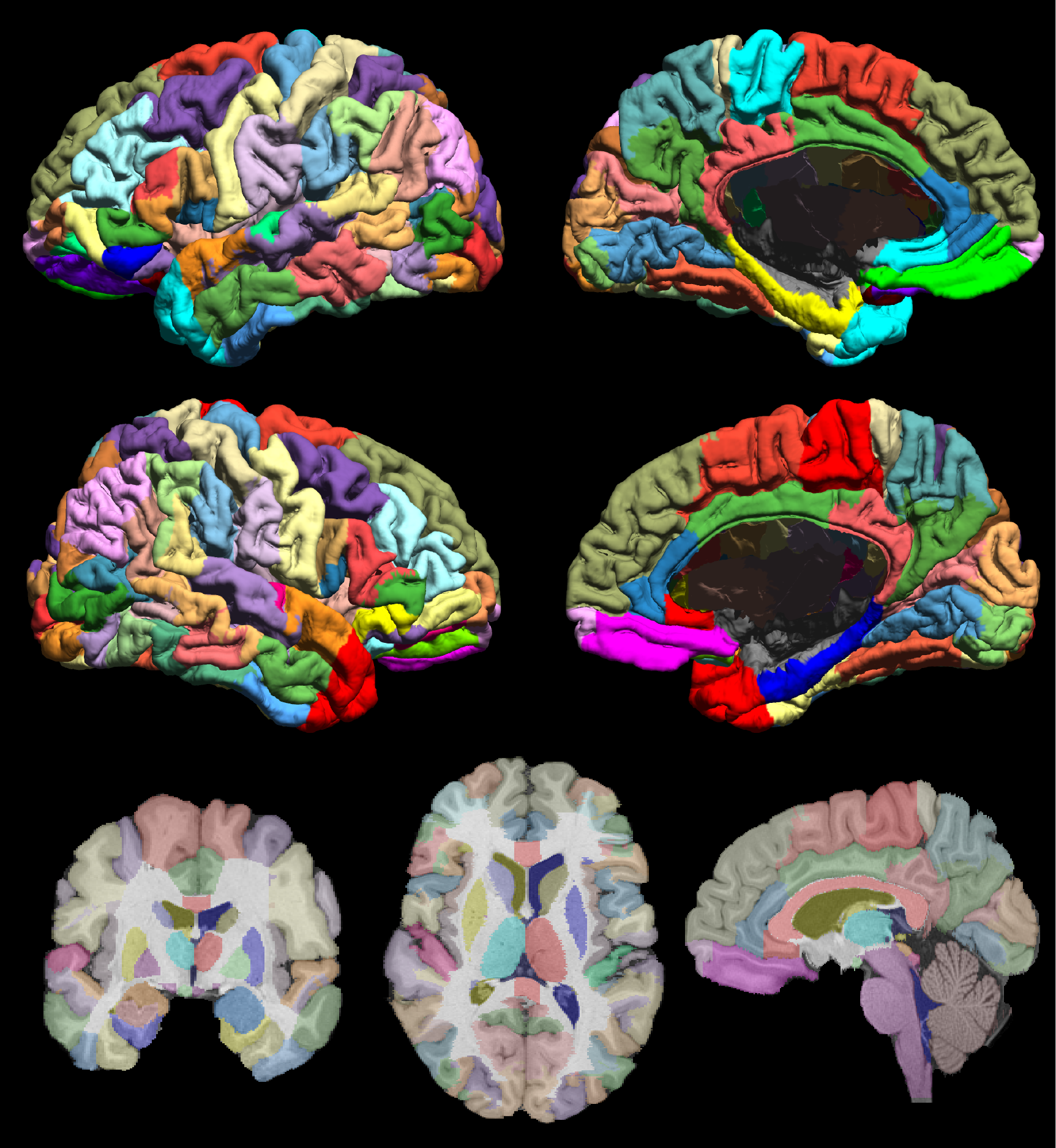Welcome to the BrainSuite Website
BrainSuite is a collection of open-source software tools that enable largely automated processing of magnetic resonance images (MRI) of the human brain. The major functionality of these tools is to extract and parameterize the inner and outer surfaces of the cerebral cortex, to segment and label gray and white matter structures, to analyze diffusion imaging data, and to process functional MRI. BrainSuite also provides several tools for visualizing and interacting with the data.
![]()
New: BrainSuite v23a released — We have just released version 23a of BrainSuite. This includes improvements in speed and stability, and the return of the curve tracing functionality to the BrainSuite GUI. For more information, see the BrainSuite23a page.
Click here to download the new version.
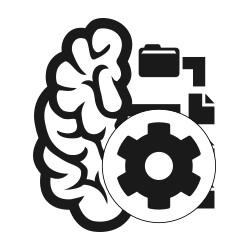
New: BrainSuite BIDS App v23a — We have just released an updated version of the BrainSuite BIDS App, which provides containerized workflows for analyzing anatomical, diffusion, and functional MRI organized according to the BIDS standard. A prebuilt image is available for download from Docker Hub and the code is also available on the BIDS App Github site. For more details, please see the BrainSuite BIDS App documentation or read the preprint on bioRxiv.
The latest version of BrainSuite (v.23a) is available for download.
This release features:
- GUI for Windows, Mac OS, and Linux platforms
- USCBrain Atlas — A Hybrid High-Resolution Anatomical MRI Atlas with Subparcellation of Cortical Gyri using Resting fMRI — now included in the distribution
- New rewind feature for each stage of the BrainSuite anatomical (T1-weighted) pipeline
- Automated skull-stripping parameter tuning
- Command line tools for performing cortical surface extraction, surface/volume registration, and processing of diffusion weighted images
- Ability to create and use custom brain atlases.
- Compiled MATLAB code now uses MATLAB R2023a Matlab Compiler Runtime, which provides improved compatibility with more recent versions of Mac OS.
For more details on the updates to BrainSuite in this release, please see the BrainSuite23a Release Page.
BrainSuite Dashboard
The latest version of BrainSuite (v.21a) is available for download.
This release features:
- GUI for Windows, Mac OSX, and Linux platforms
- USCBrain Atlas — A Hybrid High-Resolution Anatomical MRI Atlas with Subparcellation of Cortical Gyri using Resting fMRI — now included in the distribution
- New rewind feature for each stage of the BrainSuite anatomical (T1-weighted) pipeline
- Automated skull-stripping parameter tuning
- Command line tools for performing cortical surface extraction, surface/volume registration, and processing of diffusion weighted images
- Ability to create and use custom brain atlases.
- Compiled MATLAB code now uses MATLAB R2019b Matlab Compiler Runtime, which provides improved compatibility with more recent versions of Mac OS X.
For more details on the updates to BrainSuite in this release, please see the BrainSuite21a Release Page.
BrainSuite User Interface
BrainSuite provides an easy-to-use interface for performing data processing, analysis, and visualization of brain MRI data. The GUI is available for Mac, Windows, and Linux.
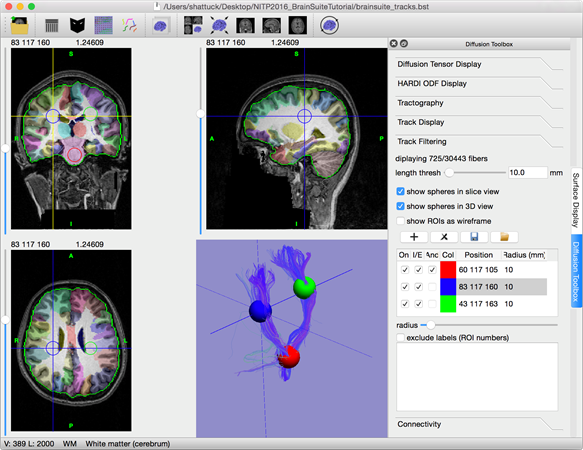
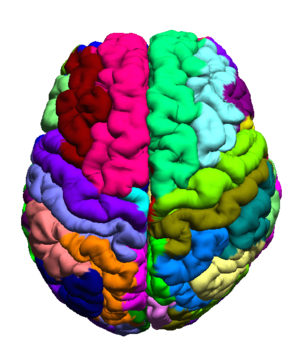
Cortical Surface Extraction
BrainSuite provides a flexible set of tools for performing rapid automated extraction of cortical surface models.
Surface-constrained Volumetric Registration
BrainSuite uses the novel Surface-constrained Volumetric Registration (SVReg) to align subject MRI to a labeled atlas.
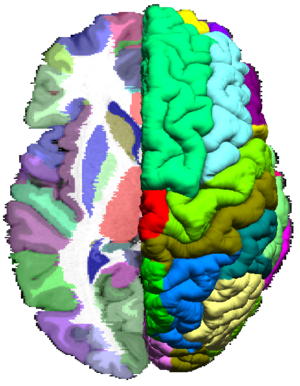

BrainSuite Diffusion Pipeline
The BrainSuite Diffusion Pipeline (BDP) provides a set of tools for processing diffusion weighted MRI (dMRI). This functionality includes:
- Correction of geometric distortion in EPI data using a T1-weighted structural as an anatomical reference
- Tensor fitting and estimation of diffusion parameters aligned with the T1-weighted MRI.
- Orientation distribution function (ODF) estimation using FRT, FRACT, and 3D-SHORE
